For beginners looking to get into DJing, the options for gear to start on can be overwhelming. With so many different controllers and software platforms out there, it can be hard to know what to choose. However, the new DDJ-FLX2 from AlphaTheta may have made that crucial decision a whole lot easier.
It works with Serato, rekordbox and djay; it’s packed with special features to make it easy for beginners to mix, and it comes in at a highly competitive price. But has it done enough to stand out from the crowd as the best controller for beginners? Read on for our complete DDJ FLX 2 review to find out.
Video Review
DDJ-FLX2 Key Features
● Compatible with multiple DJ applications and streaming services
● Smart Fader and Smart CFX
○ Easy effects to automatically mix between tracks
● 8 performance pads to control 4 modes
● Integrated soundcard
● Lightweight, compact body
Build and Design
The DDJ-FLX2 shares many design elements with its predecessor, the DDJ-200. It’s small and entirely made of plastic, which is pretty much to be expected with any controller at this price point. These controllers are designed for bedroom practice and the occasional house party. As such, you wouldn’t expect these to survive rigorous gigging and touring, but that’s not the aim.
Visually, you get some elements from the FLX-4 controller, including the orange highlights and slightly matt black finish. Overall, it’s a fairly attractive bit of kit, and these subtle design changes add up to make it look premium compared to the DDJ-200 it replaces.
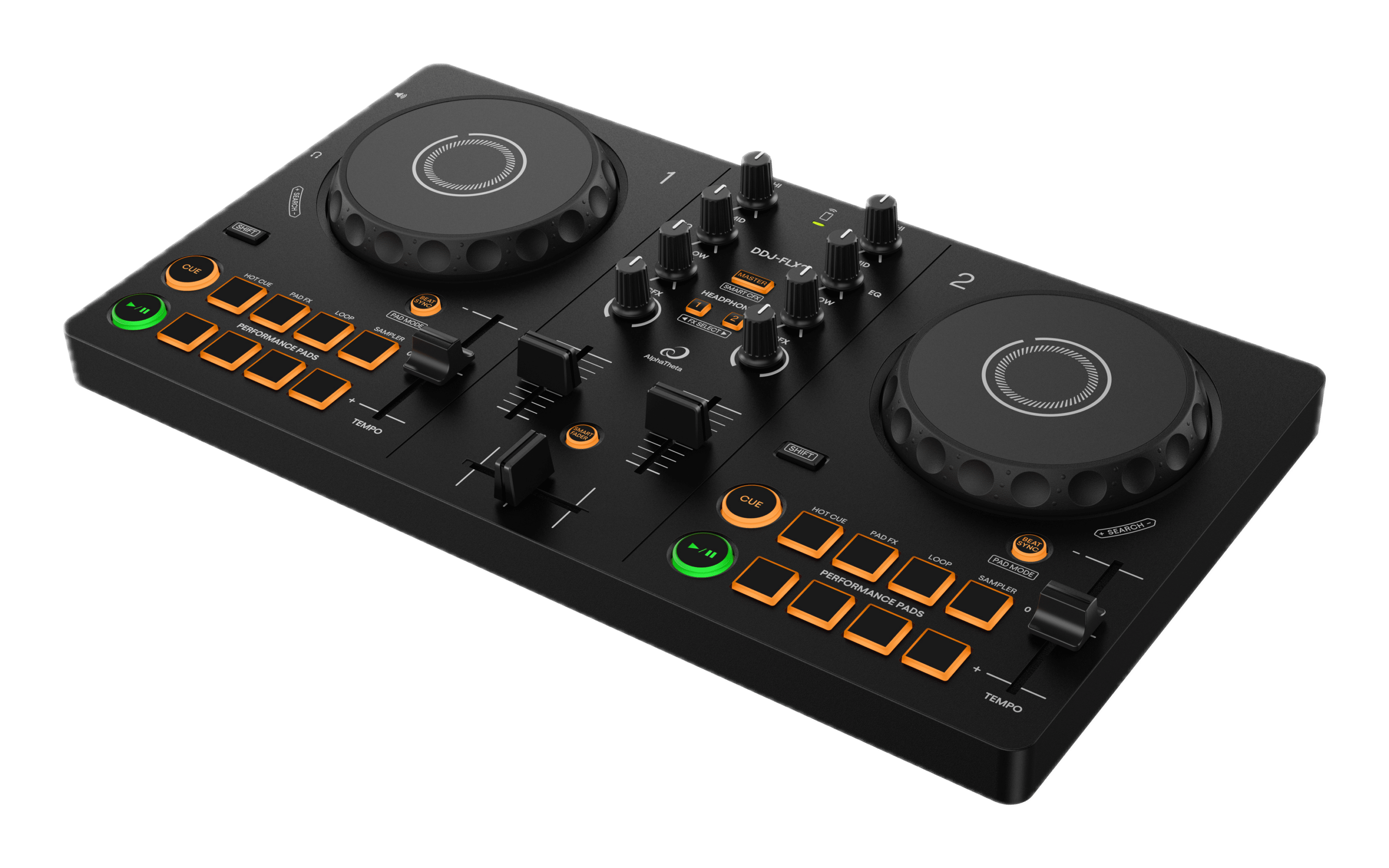
The pads and buttons on the DDJ FLX2 light up in orange to let you clearly see what you’re doing at a glance.
Compatibility
Like all the products in AlphaTheta / Pioneer DJ’s FLX (flexible) range, the DDJ-FLX2 has been designed to work across a range of DJ software. It’s compatible with the following applications as a Hardware Unlock device, which means that it automatically unlocks with no payment required:
- rekordbox for Mac / Windows
- rekordbox for iOS / Android
- Djay Pro for Mac / Windows
- Djay for iOS/Android
- Serato DJ Lite (paid upgrade available to Serato DJ Pro)
Not sure what software’s right for you? Check out our DJ software comparison guide.
The FLX2 works with Mac/PC computers, iPad and Android tablets, and iPhones and other smartphones. Mobile devices must have a USB C port to be used with a wired connection; otherwise, you’ll have to use Bluetooth. However, you can’t use Bluetooth to connect to a computer.
Crucially for beginners, FLX2 users can also use a variety of streaming sites to access music to DJ. This means that you don’t have to worry about paying for and downloading loads of tunes to build up your library and start mixing. Instead, you can just connect to one of these platforms through your DJ software and access their vast collection of tracks. Here is what streaming sites are compatible with which software.
Streaming Service Compatibility
| Streaming Services | rekordbox | djay | Serato DJ Lite | ||
|---|---|---|---|---|---|
| Mac/PC | iOS/Android | Mac/PC | iOS/Android | ||
| Apple Music | — | — | ✔️ | ✔️ | — |
| Beatport Streaming | ✔️ | ✔️ * | ✔️ | ✔️ | ✔️ |
| Beatsource Streaming | ✔️ | ✔️ | ✔️ | ✔️ | ✔️ |
| SoundCloud Go+/DJ | ✔️ | ✔️ | ✔️ | ✔️ | ✔️ |
| TIDAL | ✔️ | ✔️ | ✔️ | ✔️ | ✔️ |
* Available on iOS with limited compatibility
To find out more about streaming services for DJs, and to help figure out which is best for you, check out our complete guide.
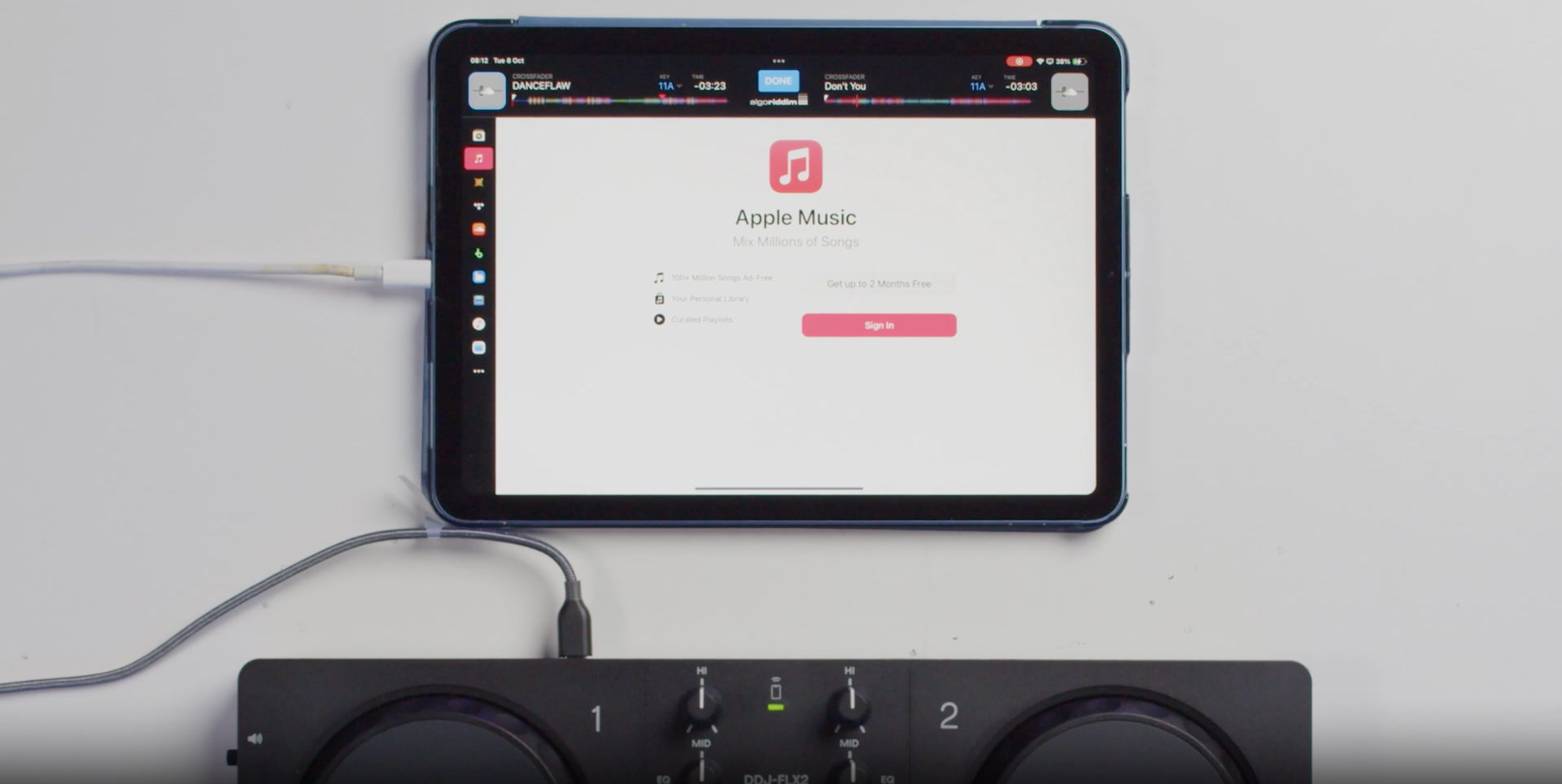
Being able to use streaming sites like Apple Music gives you instant access to a massive selection of tunes.
Can I use the FLX2 with Spotify?
Currently, Spotify stands out as the only one of the major streaming platforms that doesn’t offer support for any DJ software. This leaves DJs in the position of having to choose to either pick a dedicated DJ-specific streaming service such as Beatport or Beatsource streaming for their music or switch their main streaming service from Spotify to either Apple Music or Tidal.
Connections
A major area that the DDJ-FLX2 upgrades on its predecessor the DDJ-200 is with its inputs and outputs. Thanks to its inbuilt soundcard, it’s now got dedicated separate 3.5mm audio and headphone outputs. That means you can plug it directly into your speakers, while also using monitoring tracks on your headphones.
The 3.5mm audio output feels more designed with a home speaker in mind rather than anything larger. This makes sense, given the price point and it makes it easy to link up to whatever you usually listen to music on for practice or house parties. It would have been nice for AlphaTheta to throw in a 3.5mm aux cable in the box, as it’s a pretty essential item to get decent sound out of this controller and wouldn’t cost them much.
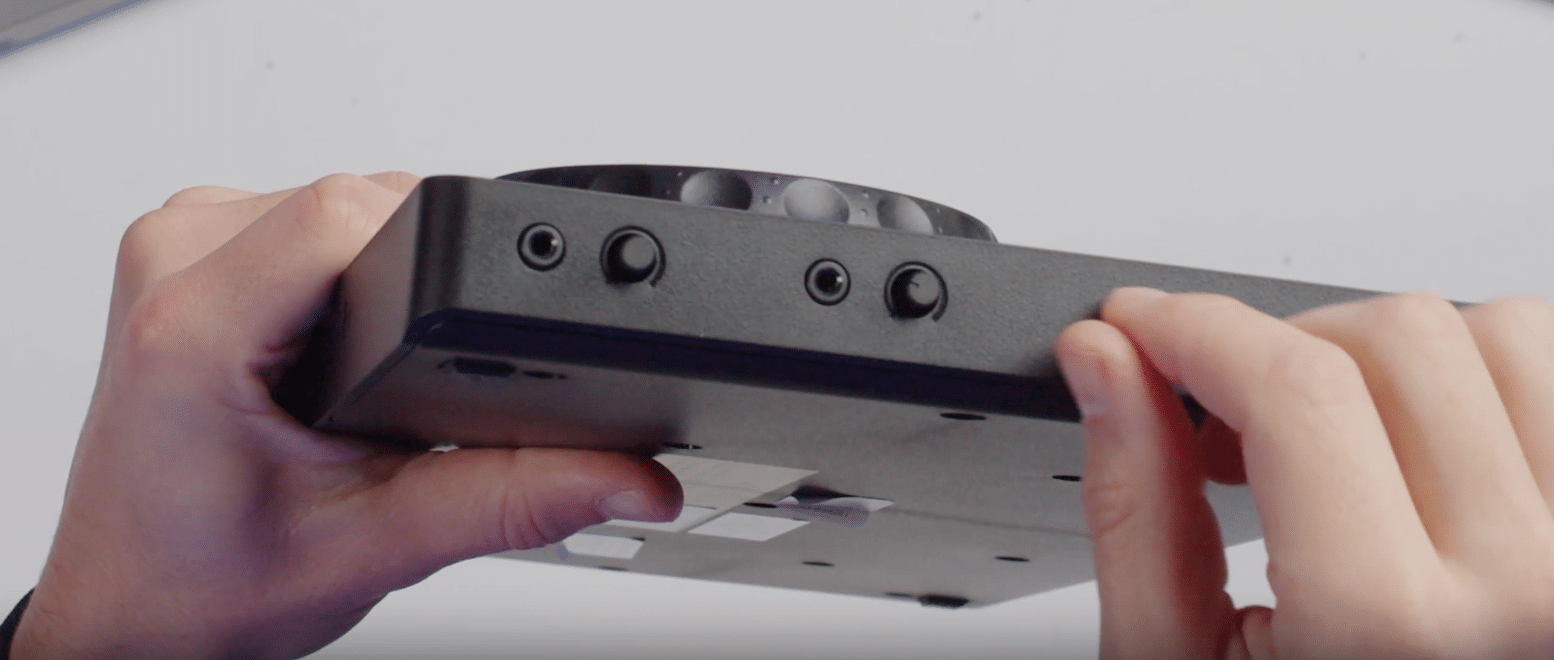
The headphone and speaker outputs each have a small knob to control their levels.
The audio quality is also improved compared to previous models, although it still sits below higher-end models like the FLX4. They also claim it’s superior to the Hercules Inpulse 300mk2, one of its biggest competitors. As with most things with this controller, you can only expect so much at this price. It’s perfectly fine audio for almost every scenario except perhaps playing in venues, which you probably wouldn’t use this for anyway.
There’s a USB Type-C port on the back to connect your laptop or mobile device. When you’ve got your PC or Mac connected, you can also use the audio outputs from the laptop as well as the FLX2, but with wired mobile connections, you can only use the FLX2 output.
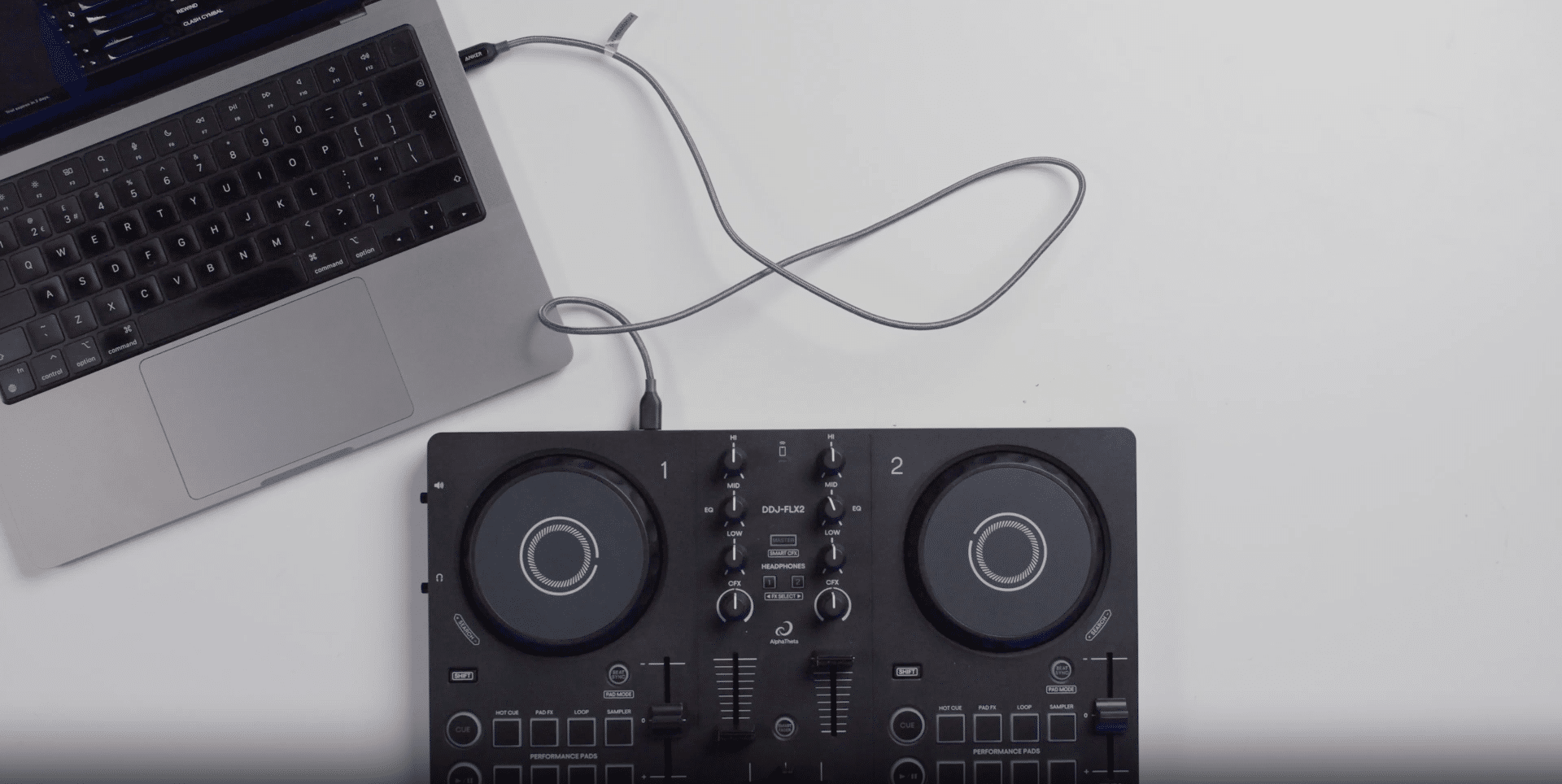
When you connect the FLX2 to your computer, you can also use the computer’s speakers for the audio output.
You can also connect mobile devices via Bluetooth, but this means you’ll have to power the FLX2 via the USB C with an external power supply (which isn’t included in the box). If you want to use headphones and speakers simultaneously from your phone’s output, you’ll need to use a splitter cable (also not included).
Performance
In use, the FLX2 is pretty limited features-wise, but it’s more than enough to put together some really great-sounding mixes.
The jog wheels are small yet highly responsive, allowing you to do accurate beatmatching and even light scratching. While not as heavy or refined as those on higher-end models, they’re fine for learning the fundamentals.
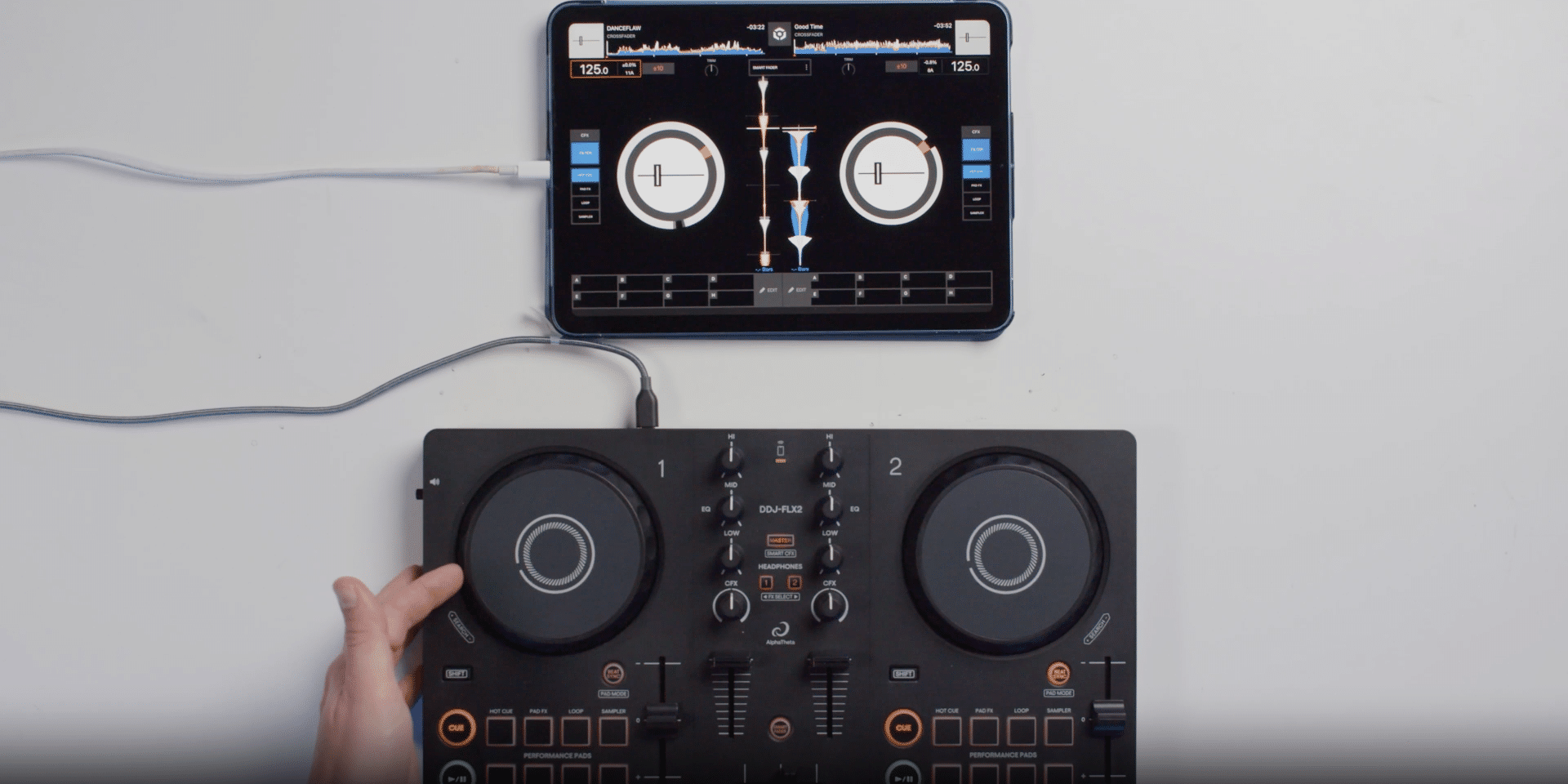
Moving the edge of the jog wheel lets you nudge the track to beatmatch, while moving the top will let you scroll or scratch.
The mixer section is straightforward but functional, with a 3-band EQ to shape the sound of the track. The CFX knob also doubles up as a standard filter when the Smart function’s not engaged. However, there’s no way of controlling regular effects with this controller. Instead, you are just limited to using the Smart CFX, Smart Fader or Pad FX for effects – more on those later. This is one of the main things missing from this controller, but at this price point, some things will always be sacrificed.
The 8 performance pads under each deck can control either Hot Cues, Pad FX, Loops or a Sampler. These are all fairly intuitive to use and mapped out to work with each software package. Unlike on the DDJ-200, you can now switch between pad modes directly on the controller. This means you’ll spend less time messing around with the software on your computer or mobile and can focus more on mixing.
One minor thing to note is that with Serato Lite, only the top 4 pads can be used as performance pads, with the others fixed to controlling track searches.
Not sure what software’s right for you? Read our complete comparison of the best DJ software for beginners.
Smart CFX and Smart Faders – Mixing made simple
One of the standout features of the DDJ-FLX2 is its Smart Faders and Smart CFX. These aim to make mixing simpler than ever by emulating the transitions and effects of pro DJs with just the turn of a knob or the slide of a fader. They’re very usable and useful, unlike more gimmicky features found on controllers like the FLX6.
Old-school purists may have reservations about these sorts of features, but they’re not the target market for this controller. For beginners looking for an easy way to mix between songs, it’s fun and accessible. Of course, you won’t find these features on any pro-level gear, and things like this won’t replace learning to mix and coming up with your own unique transitions, but as a way to get started, we’re all for it.
Want to see the FLX2 in action? Check out our course tutor and pro DJ Jamie putting it through its paces:
Smart CFX
The CFX (Colour Effects) is the knob found underneath the EQ section. When it’s turned off, it works just like a regular filter that you’d find on most mixers – turning it left cuts the high end, and turning it right cuts the low end.
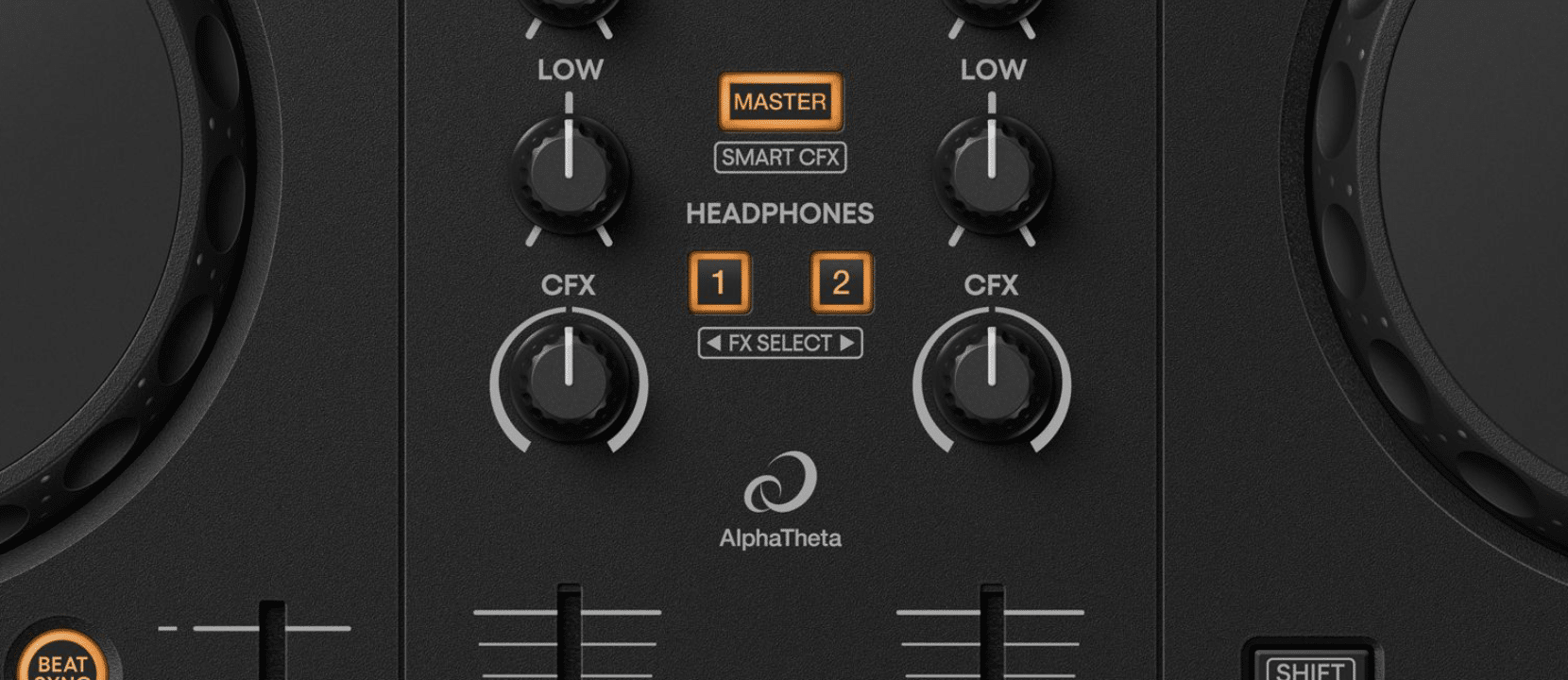
Holding Shift and pressing the 1 or 2 cue buttons lets you switch between the different Smart CFX modes.
When you turn the Smart CFX on, it will control preset combinations of multiple effects with one turn of the knob. Rekordbox implements this feature the best as it lets you switch between 8 different effects combos, each of which can be turned up and down with the knob.
In djay, you get two different settings for what the knob does. In mode 1, you turn right for ‘Riser’ and turn left for ‘Stutter’, while in mode 2 you turn right for ‘Hydrant’, and turn left for ‘Landing’.
Serato is more limited as you just get to pick between the two options of the knob either controlling echo and filter or reverb and filter.
Smart Fader
The Smart Fader is designed to automatically transition between tracks by optimising control of the volume, BPM and bass. All you need to do is just slide the fader across to mix between the tracks. Again, how this works depends on what software you’re on.
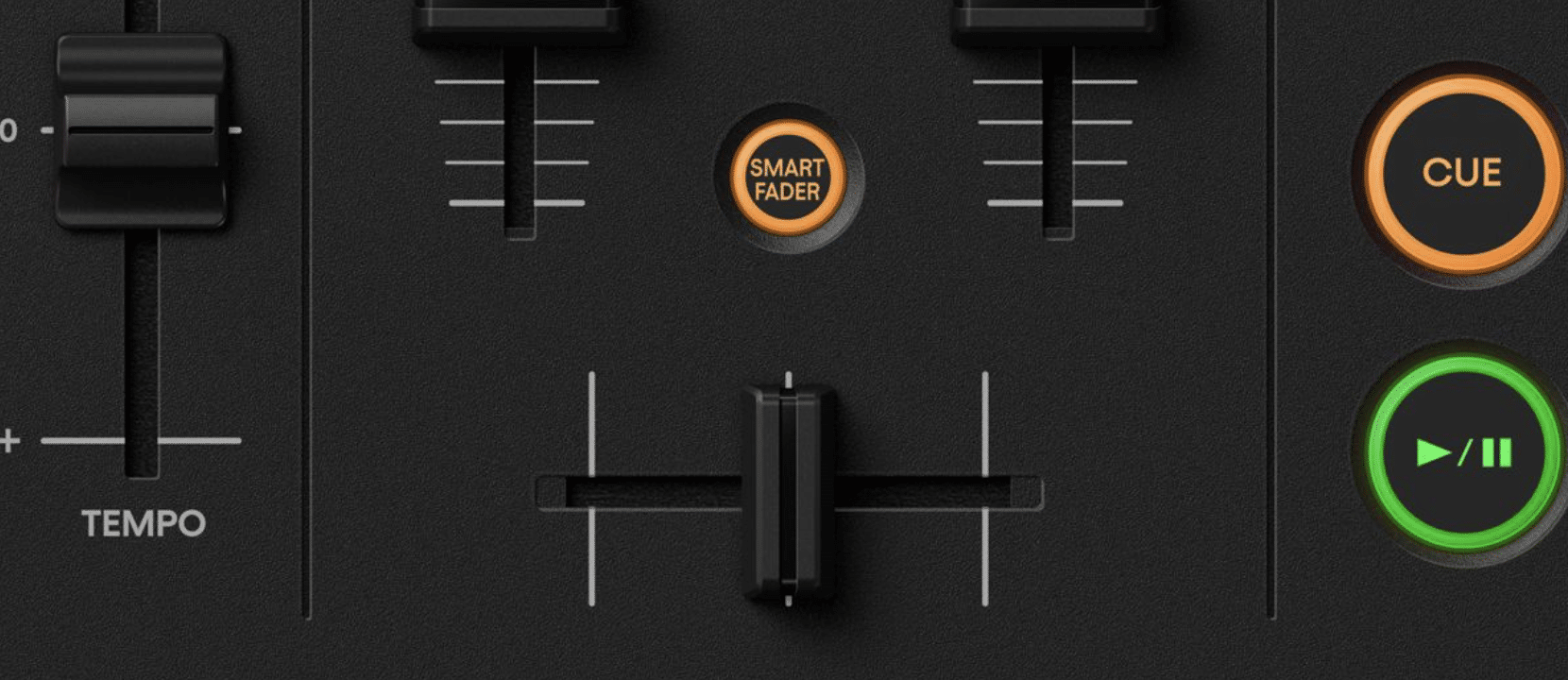
When the Smart Fader button isn’t on, the fader just works normally.
For rekordbox, the Smart Fader works in the same way as the DDJ-FLX4. Your two tracks’ volume, BPM and bass frequencies are automatically adjusted and optimised when you move the fader across, so you get a smooth blend.
In djay, the Smart Fader functionality is similar to rekordbox but with added options under “Crossfader Fusion.” Djay’s ‘Crossfader Fusion’ works similarly to rekordbox but with a couple of different options. You can choose between Fade & Filter Mix and whether you want the BPM transition enabled.
In Serato, the Smart Fader doesn’t include automatic BPM sync. Instead, it makes a ‘Fat Echo’ or ‘Fat Reverb’ that can be applied when the crossfader is turned off.
For more info on the Smart Fader, check out our tutorial on how to use the FLX4’s Smart Fader.
Price, value and final thoughts
The DDJ-FLX2 comes in at £159, €189 or $179 (excl. tax). That puts it in a very competitive position in the beginner DJ controller market. However, we think it’s probably done enough to stand out as one of the best options to get started on.
Some beginner controllers frankly feel like toys to play around on. Simply put, this doesn’t. It’s a much more legitimate feeling DJ setup that’s laid out in the right way and works with the right software to get you up to speed with what an actual pro DJ setup feels like.
The fact that it’s versatile enough to work with rekordbox, Serato and djay means that new DJs can try out what works best for them rather than being constrained to just one platform right from the start. Being able to use both mobile and desktop is also a real plus. You can start out using your phone before stepping up to a laptop setup, or just do most of your home mixing on a computer and have your phone available to DJ on the go.
The FLX2’s design, price, and features – especially the Smart Fader – mean that it’s now making the barrier to entry for DJing lower than ever. We’d be more than happy to recommend this to anyone looking to start mixing.
Learn to DJ with the DDJ-FLX2
Our DDJ-FLX2 course is designed to take you from complete beginner to confident DJ, with over 50 in-depth lessons taking you through a carefully crafted curriculum. You’ll learn everything from setup basics to advanced mixing techniques, complete with free DJ music downloads, so you can start mixing right away. With easy-to-follow videos, interactive games, and quizzes, this course will help build your DJing skills one step at a time.
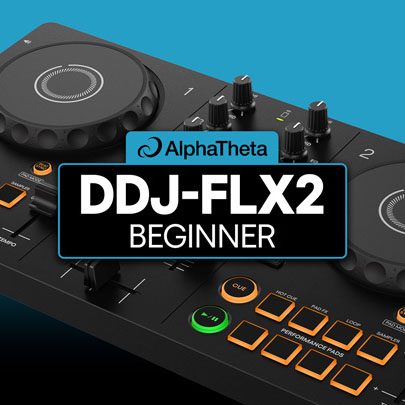
DDJ-FLX2 Beginner Course
6.5 hours
55 lessons
Beginner
Want to get started with the DDJ-FLX?
If you’ve just got a DDJ-FLX2 and you’re not sure where to start, we’ve put together a complete guide to help you get set up.
DDJ-FLX2 vs Competitors
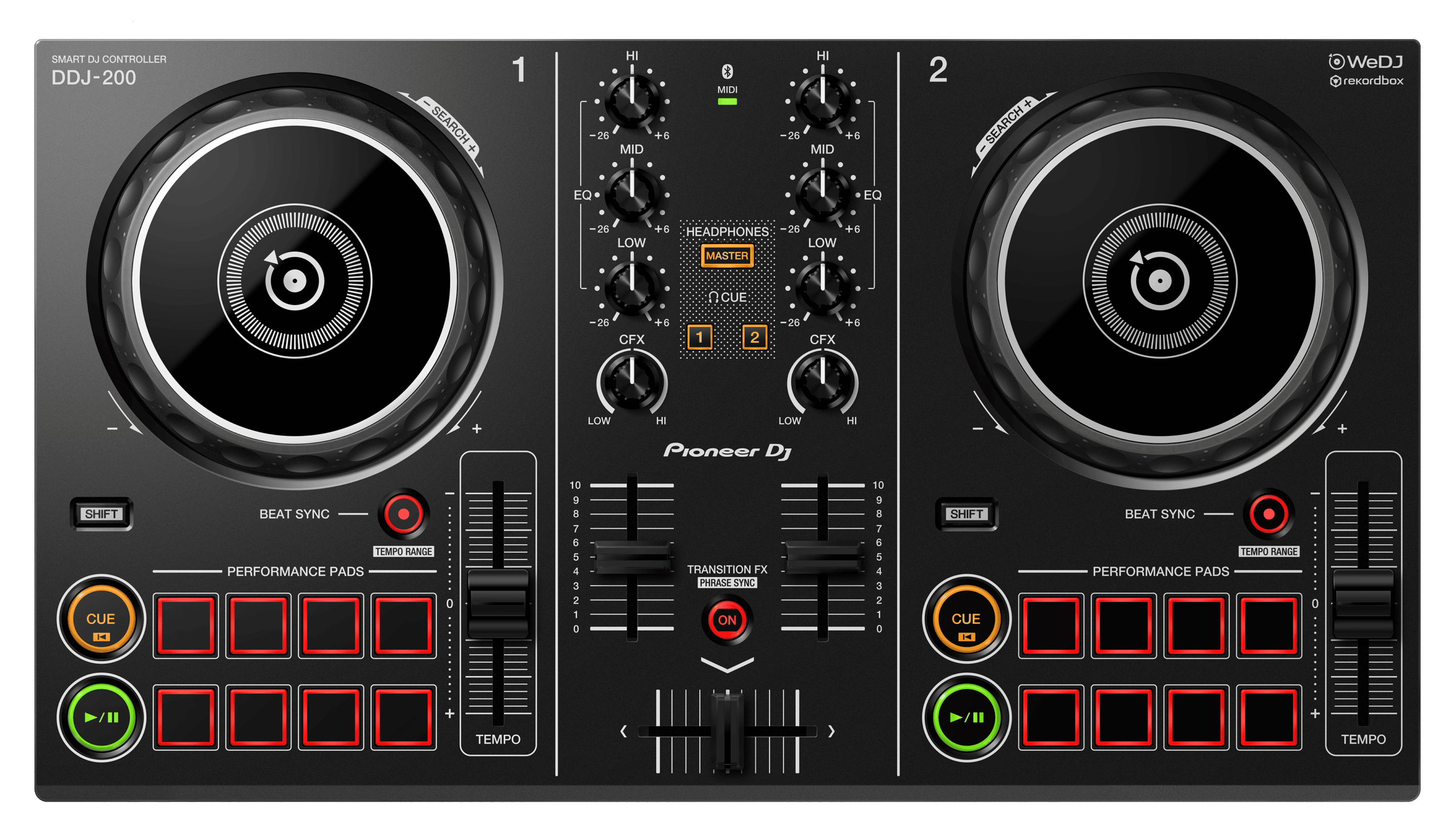 DDJ FLX2 vs DDJ 200
DDJ FLX2 vs DDJ 200
The DDJ-200 was Pioneer DJ’s previous entry-level controller, and the FLX2 upgrades upon it in a few key ways. The inbuilt soundcard fixes one of the biggest gripes with the 200 and makes it feel like a ‘proper’ controller rather than a toy. For mixing, the new Smart features are a big improvement on the DDJ-200’s limited Transition FX. It’s also a more versatile option, with a wider range of software and streaming support.
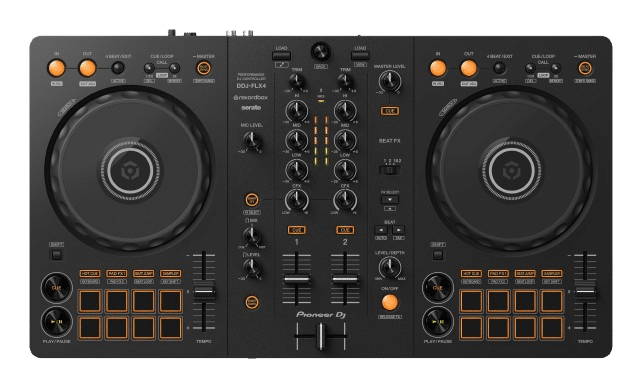 DDJ FLX2 vs DDJ FLX4
DDJ FLX2 vs DDJ FLX4
While the FLX2 is designed for absolute beginners, the FLX4 is suitable for those ready for slightly more complex mixing. It has a few extra performance features, including dedicated effects controls alongside the Smart Faders and CFX. There’s also a mic input, RCA outputs and improved sound quality, making this a better fit for more serious performances.
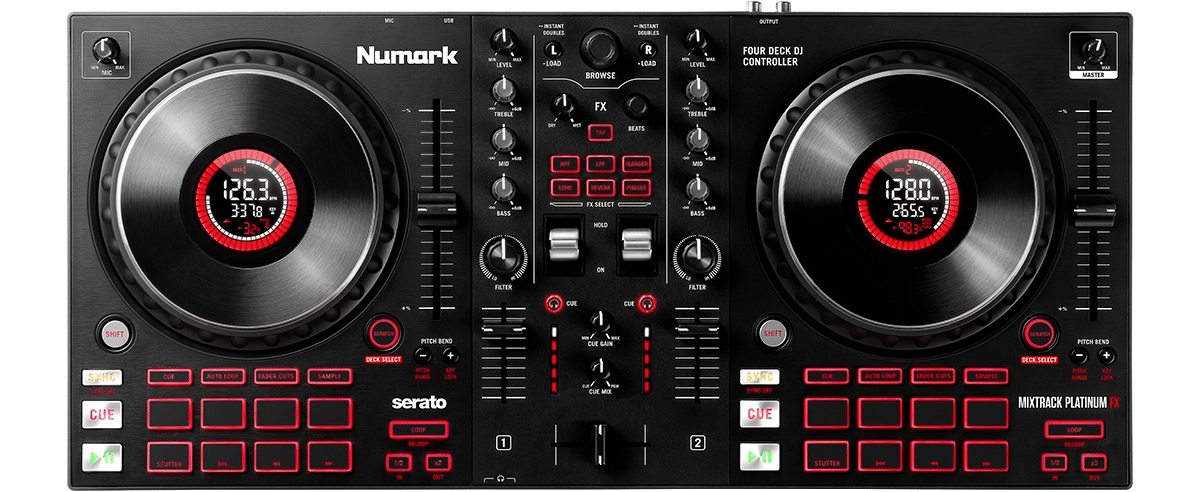 DDJ FLX2 vs Numark Mixtrack Platinum FX
DDJ FLX2 vs Numark Mixtrack Platinum FX
The Numark Mixtrack Platinum FX offers a few upgrades on the FLX2. It has 4 deck control and much-improved jog wheels with built-in displays. The effects are laid out in a different way that may not be to everyone’s tastes but it may appeal to some DJs who love rinsing effects for transitions. It’s worth considering that the Numark is only limited to working with Serato, so you’ve got to be sure that’s the software for you before making a purchase.
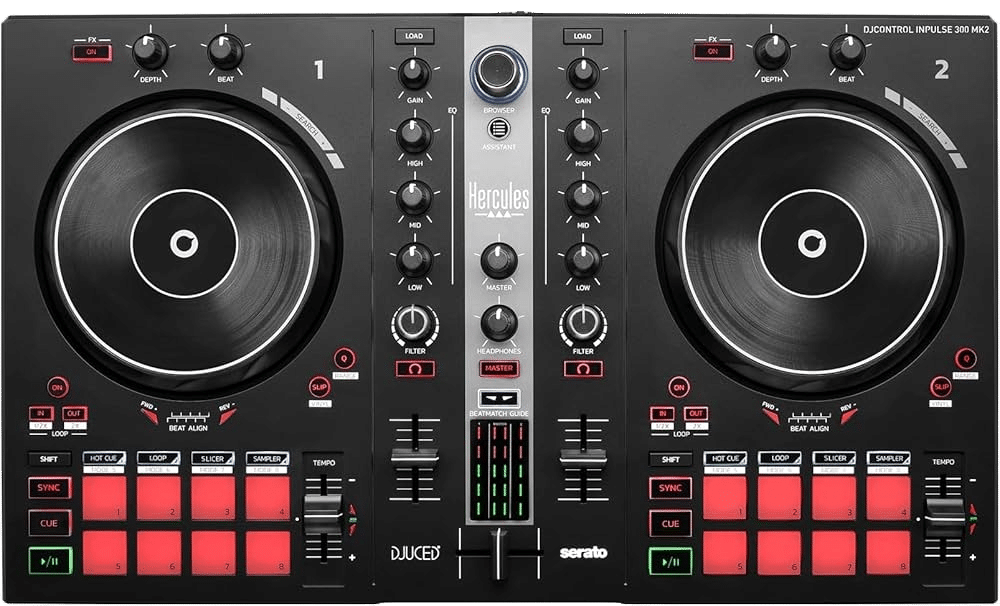 DDJ FLX2 vs Hercules Inpulse 300MK2
DDJ FLX2 vs Hercules Inpulse 300MK2
The Hercules Inpulse 300MK2 is also aimed squarely at beginners and has a unique beat alignment indicator to help teach you how to beatmatch. The FLX2 is much better in terms of versatility with software and streaming and its performance features give it the edge when it comes to mixing.
DDJ-FLX2 Technical Specifications
| Feature | Details |
|---|---|
| Compatible Software | rekordbox for Mac/Windows, rekordbox for iOS/Android, djay Pro for Mac/Windows, djay Pro for iOS/Android, Serato DJ Lite, Serato DJ Pro (license needed) |
| Frequency Response | 20 Hz – 20 kHz (USB) |
| S/N Ratio | 102 dB (USB) |
| Total Harmonic Distortion | 0.006 % (USB) |
| Outputs | MASTER x 1 (3.5 mm stereo mini jack), PHONES x 1 (3.5 mm stereo mini jack) |
| USB | USB Type-C x 1 |
| Bluetooth | Version: 4.2 (Low Energy) Transmission Distance: Approximately 10 m in unobstructed circumstances Frequency Band: 2.4 GHz Modulation Method: FH-SS (Frequency-hopping spread spectrum) |
| Power Supply | USB bus power. (When using the unit with mobile devices with ports other than USB Type-C, connect it via Bluetooth) |
| Power Consumption | DC 5 V, 500 mA |
| Maximum Dimensions (W x D x H) | 383.2 × 208 × 48.2 mm / 15.09” x 8.19” x 1.90” |
| Weight | 1.2 kg / 2.6 lbs. |
| Accessories | USB cable (C to C), Quick Start Guide, Precautions for Use |
Is The DDJ-FLX2 Good For Beginners?
What Software Works With The DDJ-FLX2?
Does The DDJ-FLX2 Come With rekordbox?
What’s in the box with the DDJ-FLX2?
How to Connect a DDJ-FLX2 to a Laptop?
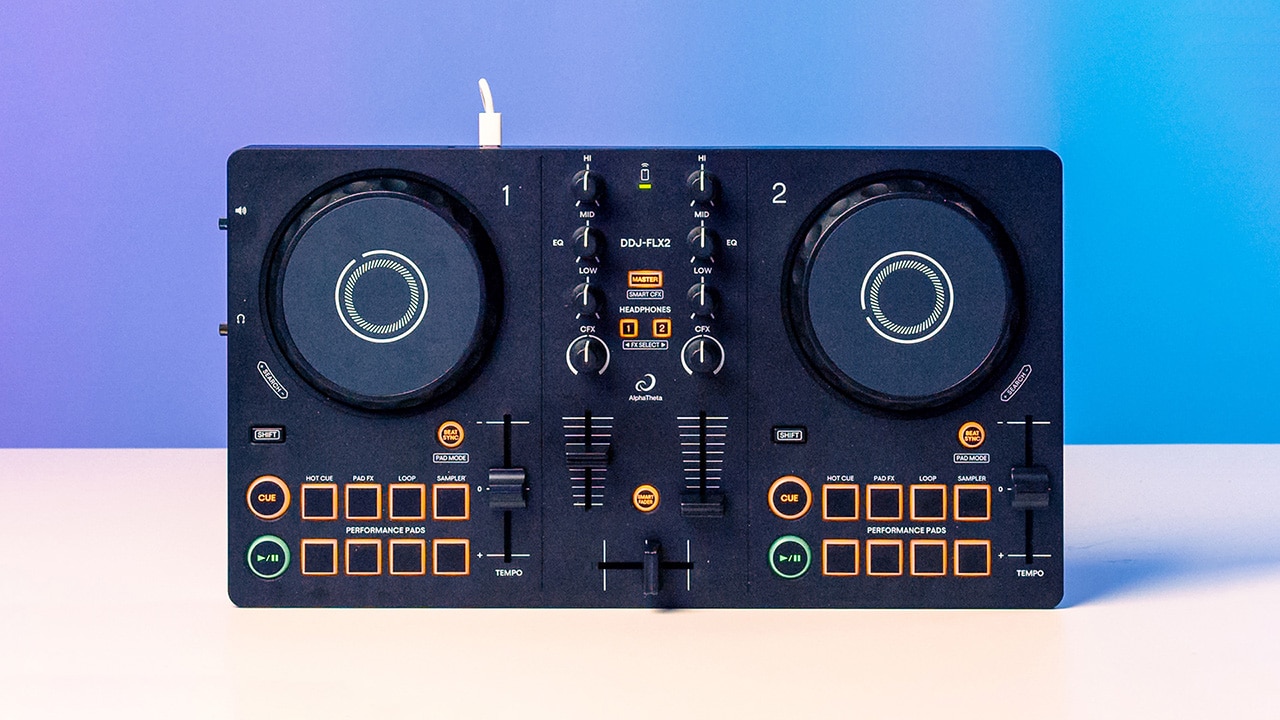
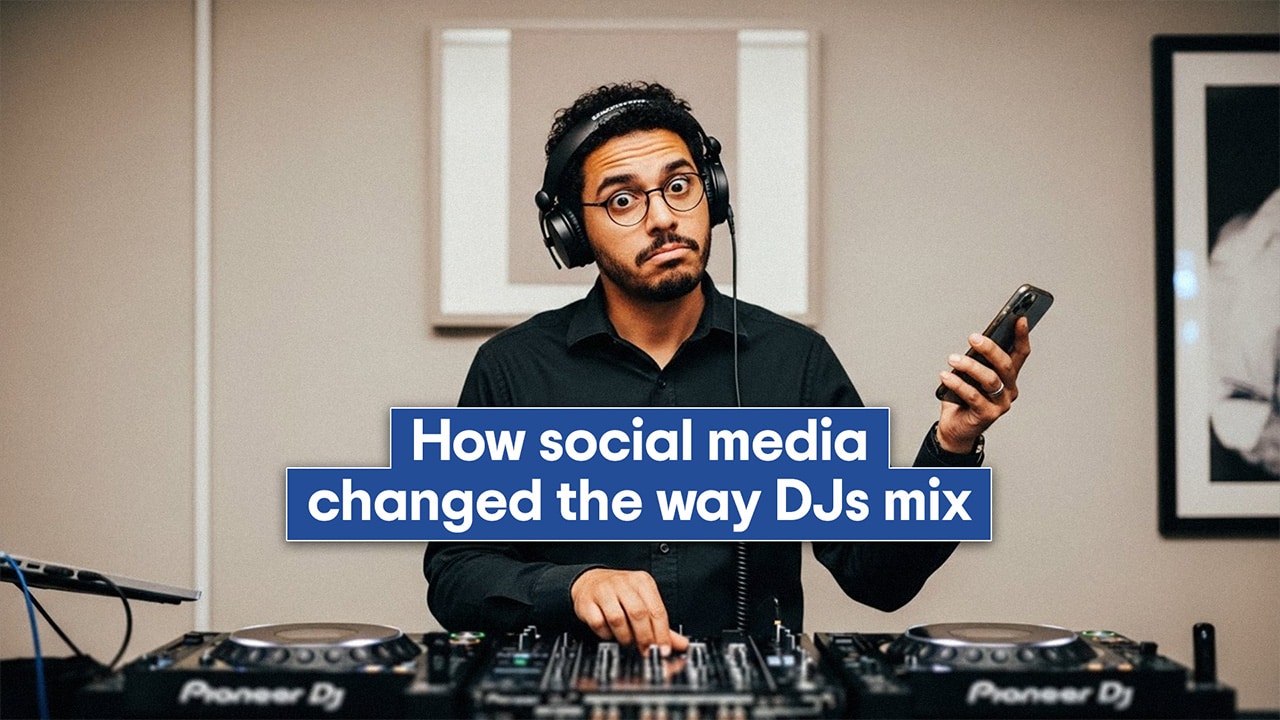
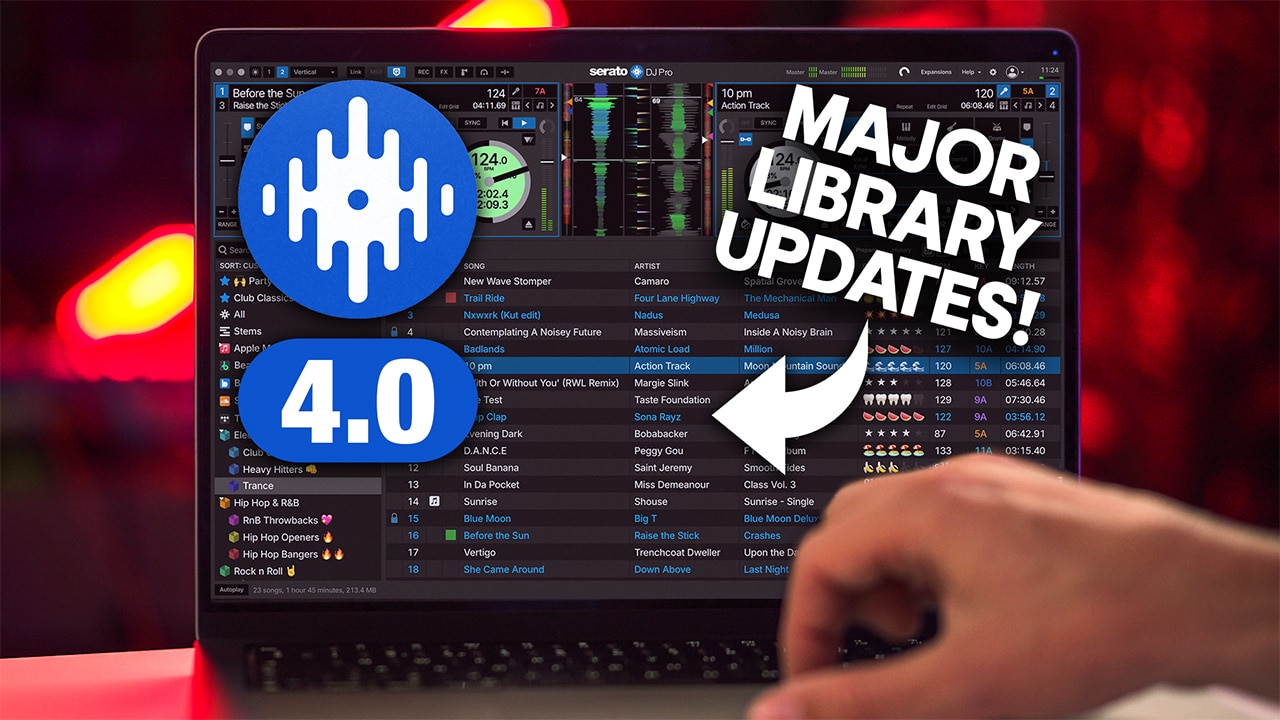
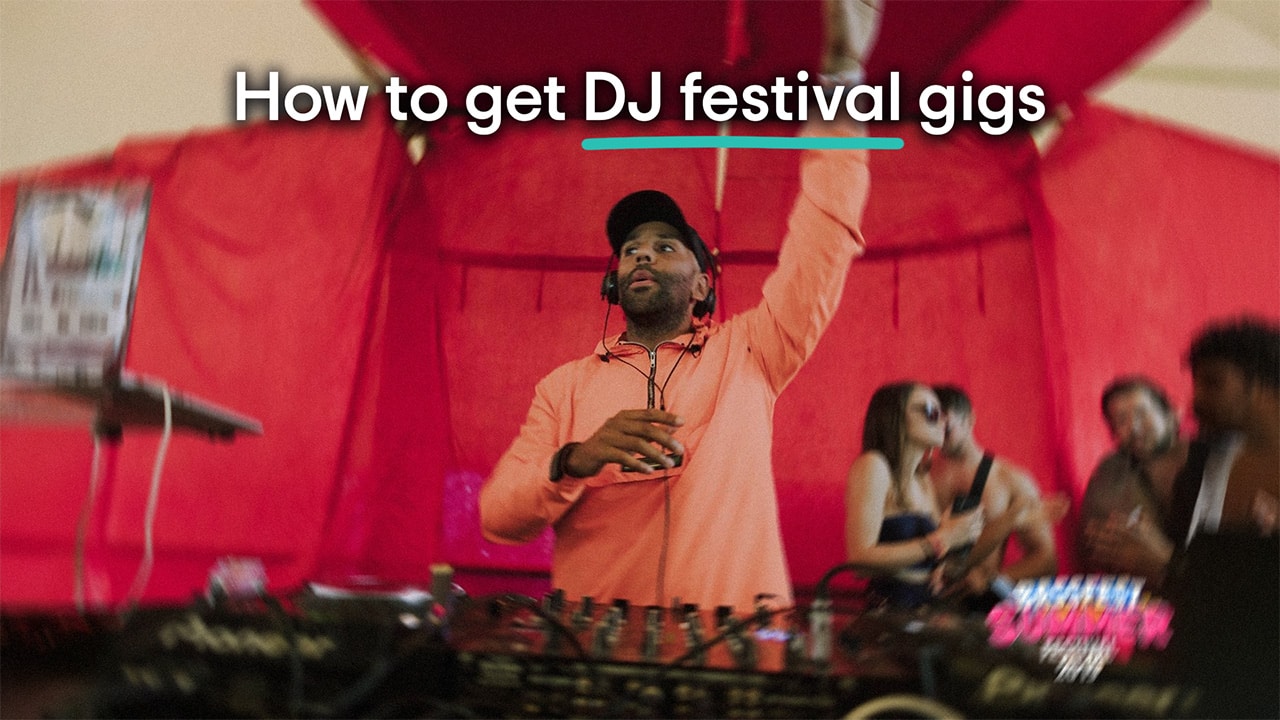
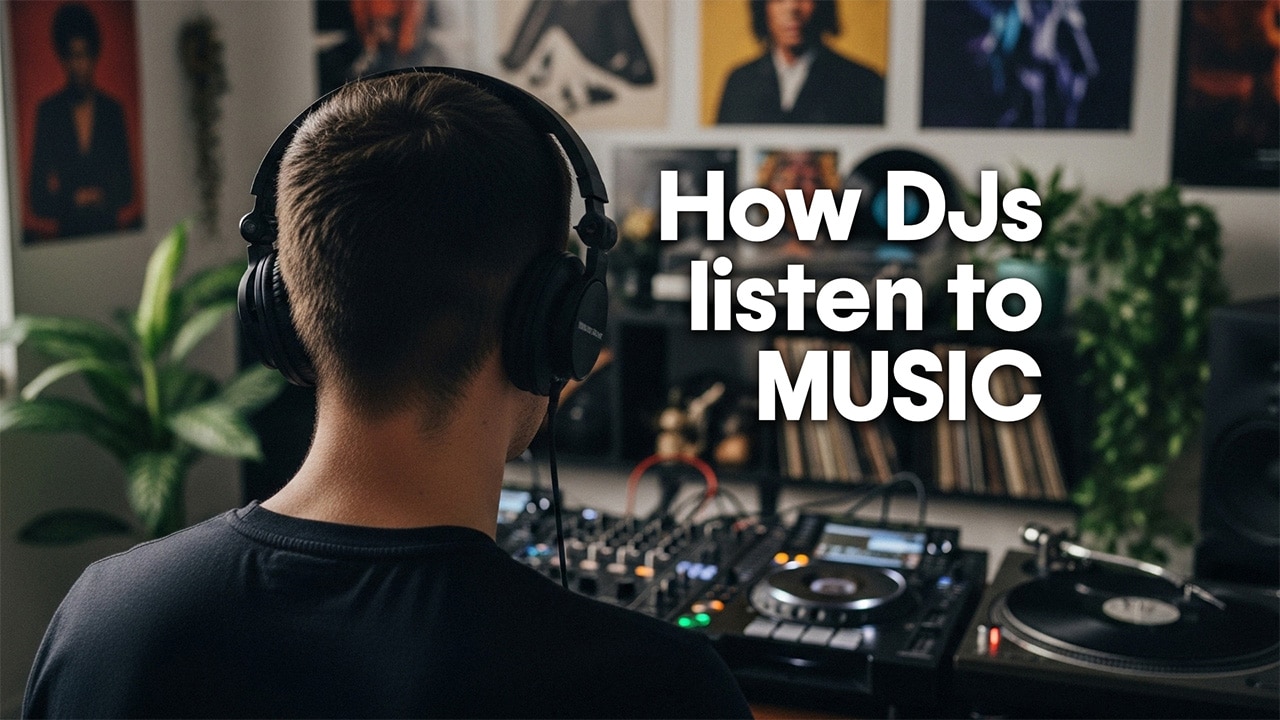
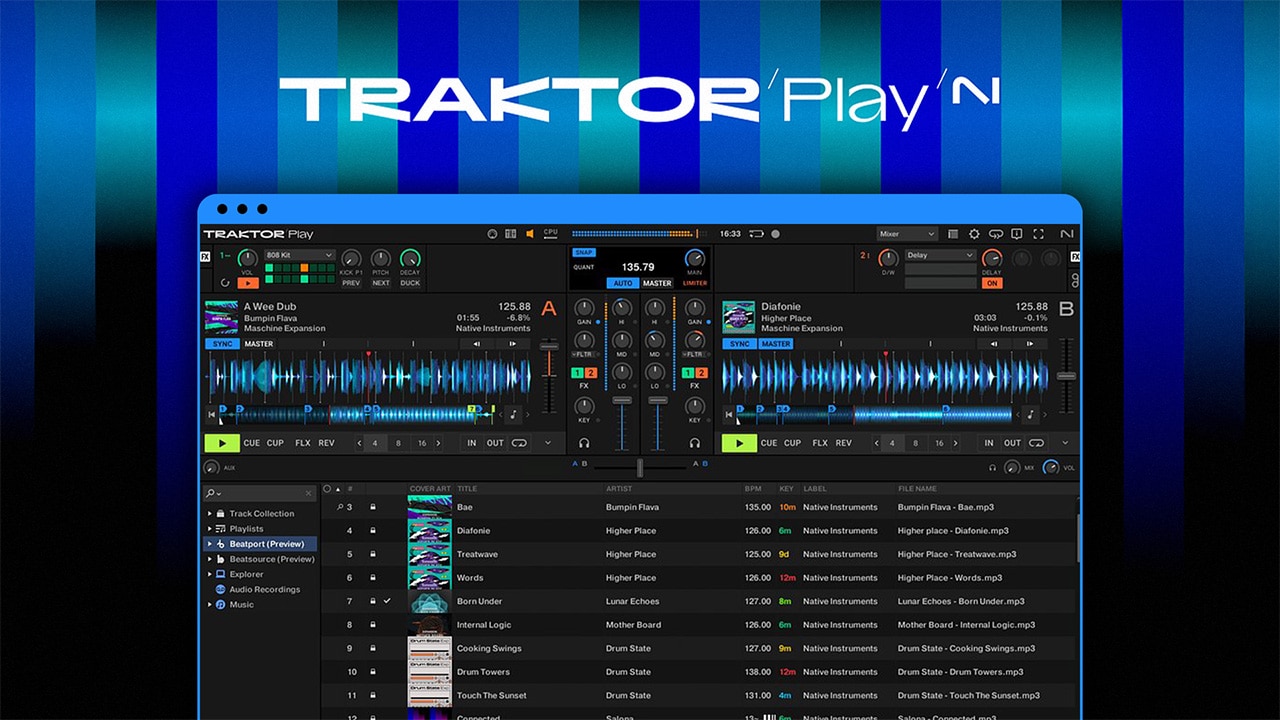
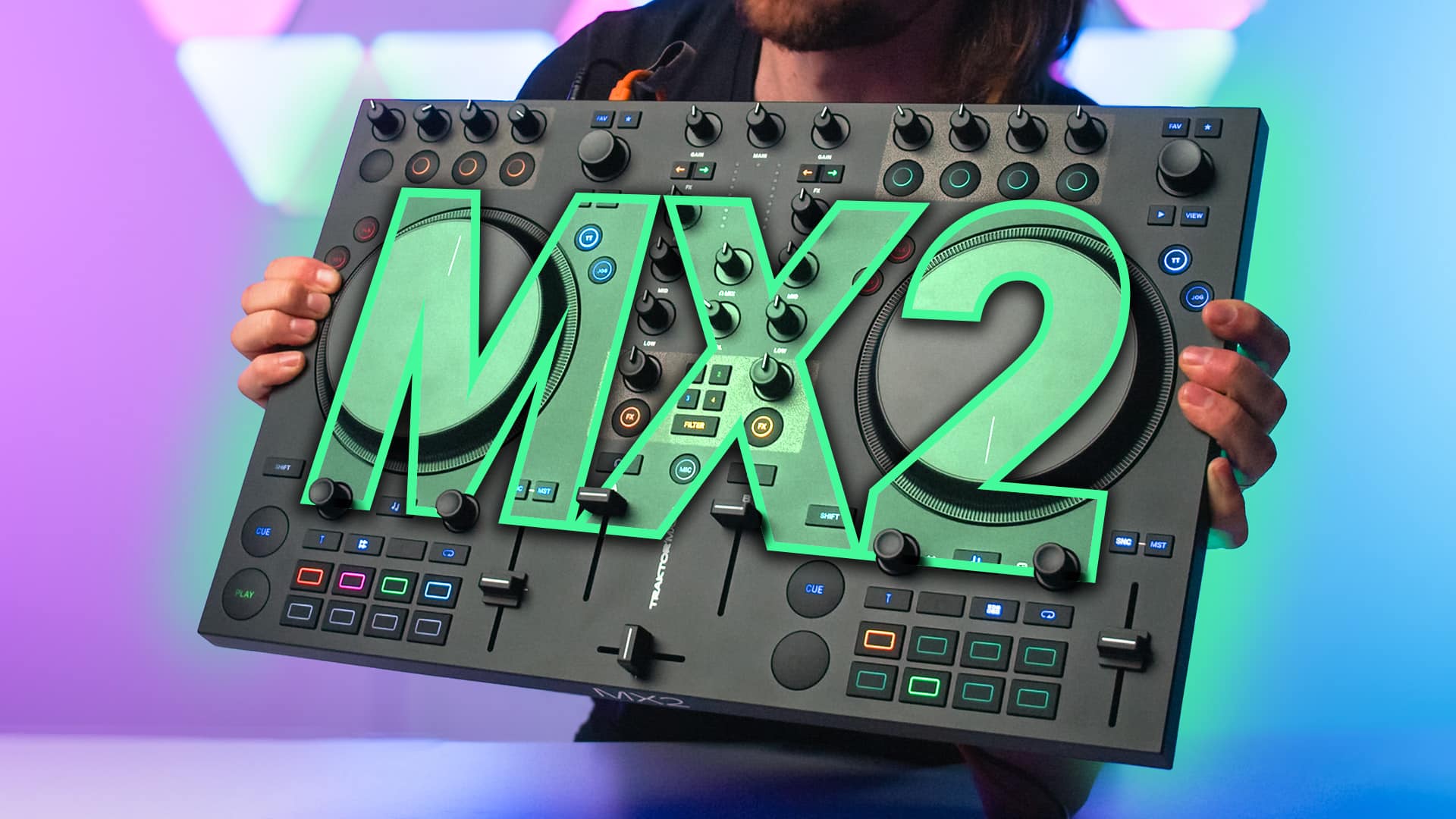
You mentionned a splitter cable for the mobile set-up ( iphone 12 with lightning ), what would be the very specific cable splitter I would need? Tx in advance.
There’s no specific one, just any headphone splitter cable will do. 3.5mm stereo male to 2 3.5mm mono female
Why is it we are still getting reviews that fail to mention VirtualDJ in any capacity? VDJ is a solid product that deserves to be in there with all the other software mentioned. Yet time after time your website, as well as pretty much all the others, leaves VDJ out of the discussion.
What gives? Why is this?
For the record, even though it doesn’t come bundled with any hardware, VDJ is compatible with every controller out there. What other software can say that?
I just don’t understand the hate for VDJ. And this is coming from an old school DJ who started on vinyl and transitioned to computer. I have used all current DJ software titles, and found VDJ to be the best to suit my needs.
Be better y’all.
You’re right that VirtualDJ is a great bit of software and there’s certainly room for more content on it. When we do reviews like this, we tend to focus on the software that’s officially supported by the manufacturer. AlphaTheta only officially list djay, rekordbox and Serato as the supported software for this controller. Even other brands like Hercules, Numark and Denon that do work with VirtualDJ don’t list it as an officially supported software for their controllers. No doubt VirtualDJ will add support for the FLX2 in the near future though – it’s not on their list of supported gear yet, it’s still very new.